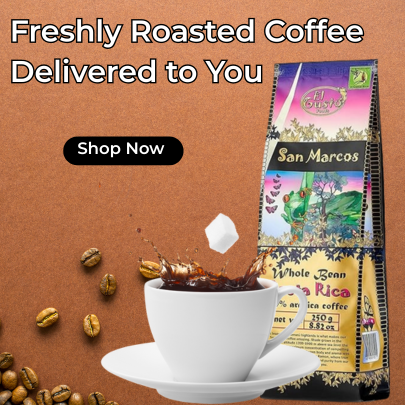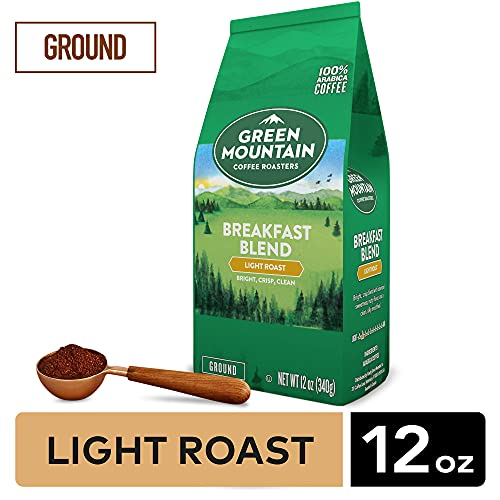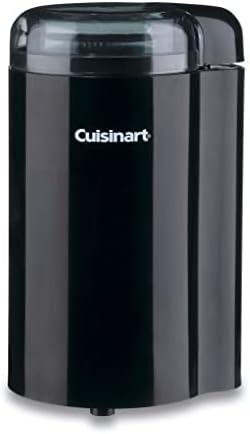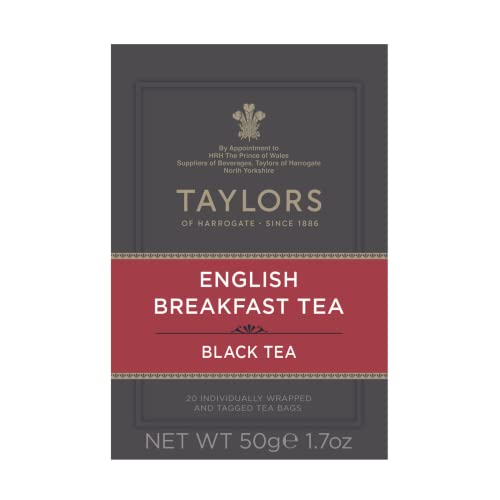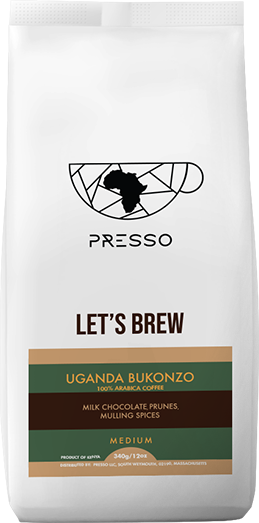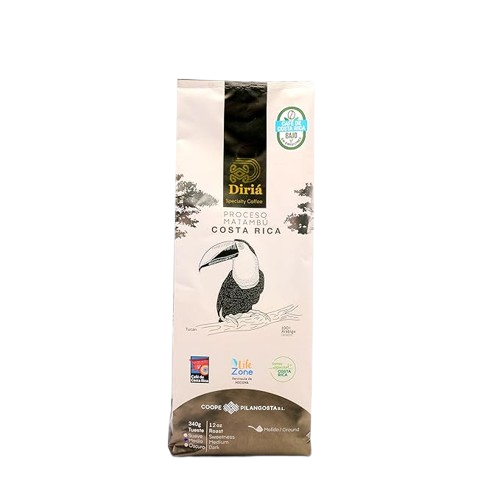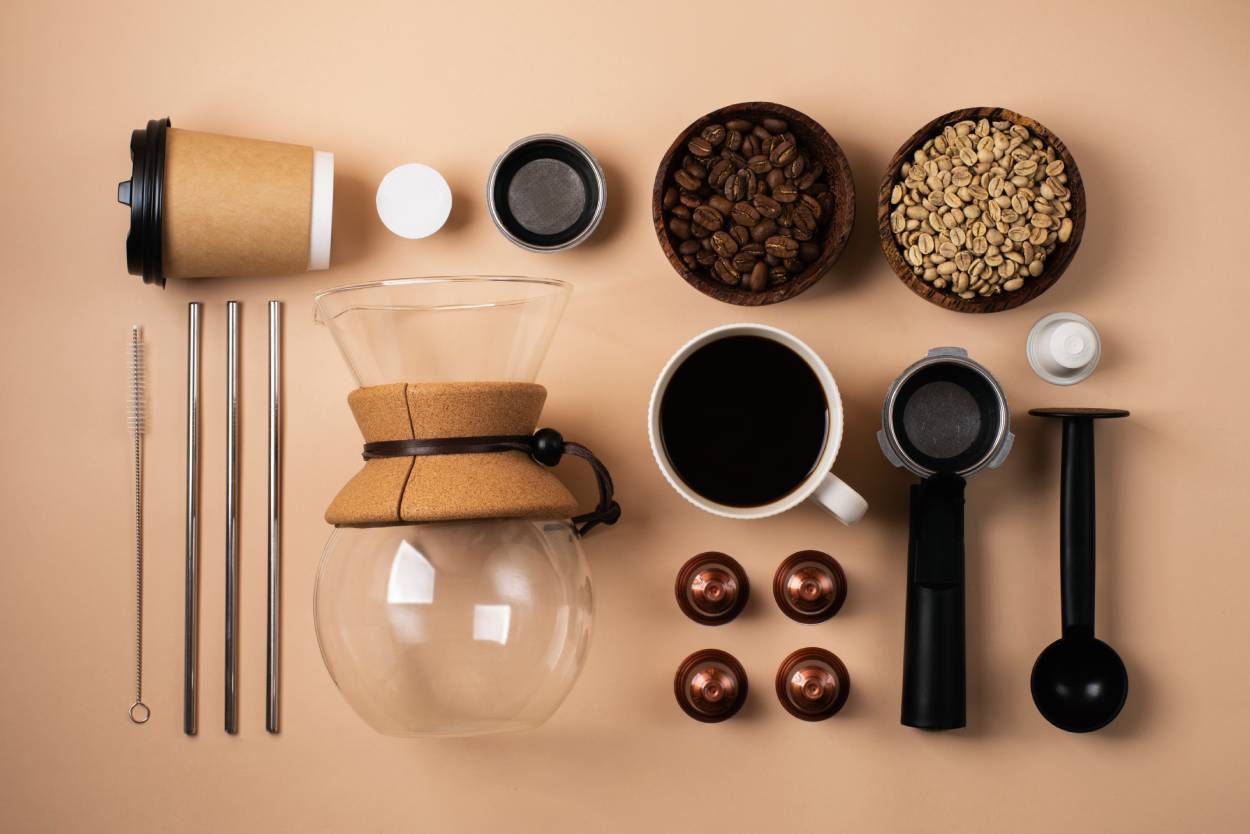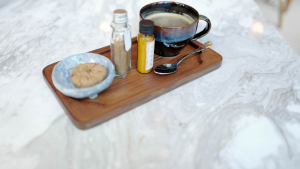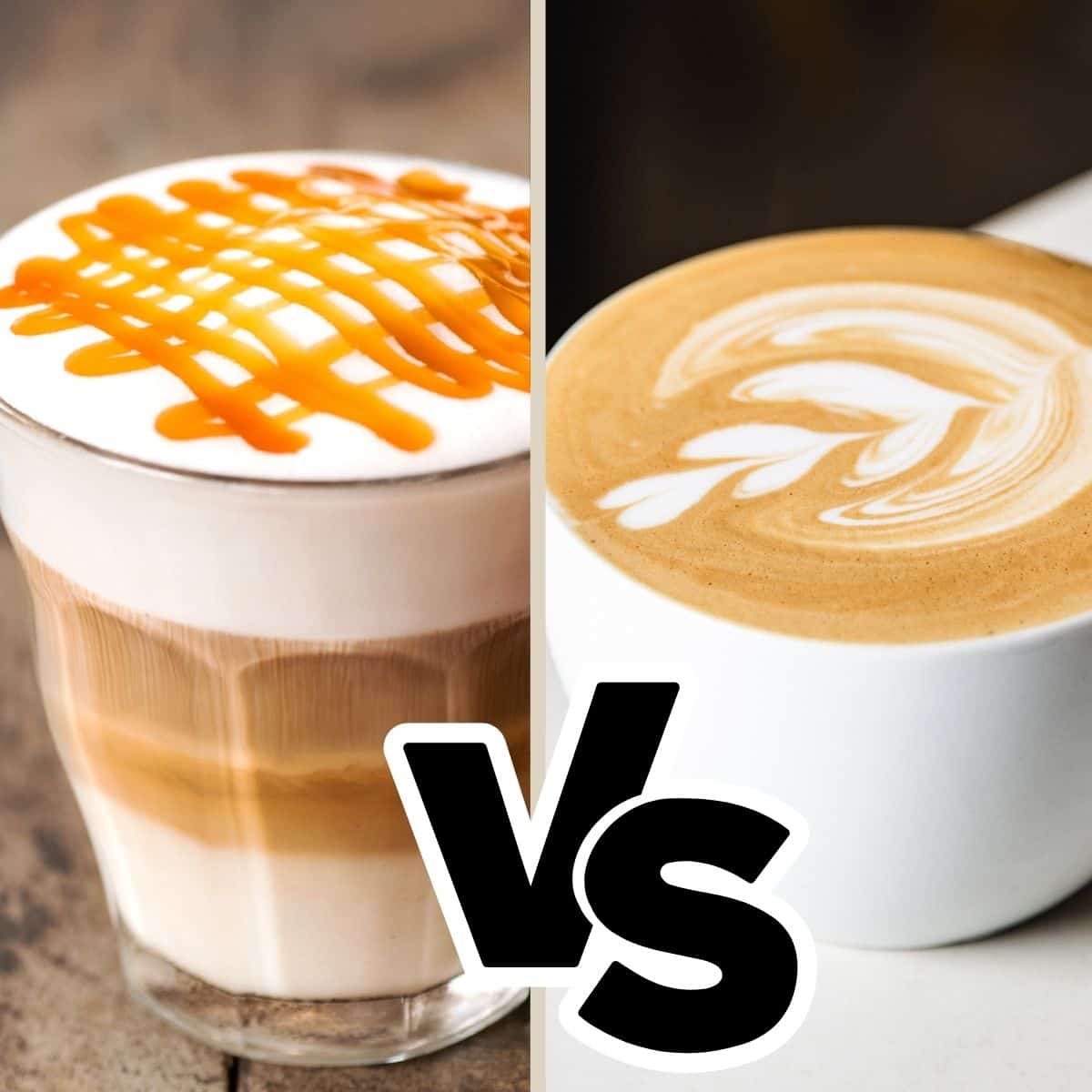
The Exact Difference Between A Cappuccino And A Latte
The Exact Difference Between A Cappuccino And A Latte
- azeem memon
- 01-07-2024
- 23-07-2025
- 1400 views
- Coffee Shop

Introduction
Coffee culture has become an integral part of modern life, with countless coffee shops offering an array of beverages that can sometimes be confusing. Among the most popular choices are cappuccinos and lattes. Though they share several similarities, these two drinks have distinct characteristics that set them apart. Understanding the differences can help you appreciate each drink’s unique qualities and make more informed choices when ordering your next cup.
In this blog, we’ll explore the origins of cappuccinos and lattes, delve into their specific preparation methods, and highlight the key differences in terms of ingredients, taste, texture, and presentation. By the end, you’ll have a thorough understanding of what makes each beverage special.
The Origins of Cappuccino and Latte
Cappuccino
The cappuccino has its roots in Italy, where it has been a beloved part of the coffee culture for centuries. The name “cappuccino” is derived from the Capuchin friars, whose brown robes were similar in color to the drink. Traditionally enjoyed in the morning, the cappuccino is a perfect blend of espresso, steamed milk, and milk foam, creating a balanced and flavorful experience.
Latte
The latte, short for “caffè latte” in Italian, translates to “milk coffee.” It also originated in Italy but has gained widespread popularity around the world, particularly in the United States. A latte consists of espresso and steamed milk, with a light layer of milk foam on top. It is known for its creamy texture and mild flavor, making it a versatile choice that can be customized with various flavors and syrups.
Preparation Methods
Cappuccino
- Espresso: A cappuccino starts with a single or double shot of espresso, which is a concentrated coffee brewed by forcing hot water through finely-ground coffee beans.
- Steamed Milk: The next layer is steamed milk, which adds creaminess to the drink. The milk is heated using a steam wand until it reaches a velvety texture and a temperature of around 150°F (65°C).
- Milk Foam: The final layer is thick milk foam, created by frothing the milk with a steam wand. The foam is dense and spooned on top of the steamed milk, creating a three-part drink with equal proportions of espresso, steamed milk, and foam.
Latte
- Espresso: Like a cappuccino, a latte starts with a single or double shot of espresso.
- Steamed Milk: The majority of the drink is made up of steamed milk. The milk is heated to a slightly higher temperature than for a cappuccino, around 160-170°F (70-75°C), resulting in a creamy texture with a light layer of foam.
- Milk Foam: A latte typically has a thin layer of milk foam on top, just enough to create a smooth surface. Some baristas use this foam to create intricate latte art, adding an aesthetic appeal to the drink.
Key Differences
Ingredients
- Cappuccino: Equal parts of espresso, steamed milk, and milk foam.
- Latte: A higher proportion of steamed milk to espresso, with a light layer of milk foam.
Taste
- Cappuccino: The strong flavor of the espresso is more pronounced due to the smaller amount of milk. The foam adds a light, airy texture, and the overall taste is rich and bold.
- Latte: The larger quantity of steamed milk mellows the espresso’s intensity, resulting in a smoother, creamier taste. The drink is milder and can be customized with various syrups and flavors.
Texture
- Cappuccino: The dense milk foam creates a velvety texture, while the equal parts of steamed milk and espresso maintain a balanced consistency.
- Latte: The higher ratio of steamed milk gives the latte a creamier, smoother texture, with just a slight foam layer on top.
Presentation
- Cappuccino: Typically served in a smaller cup (around 6 ounces), emphasizing the drink’s compact and balanced nature. The foam is often dusted with cocoa powder or cinnamon.
- Latte: Usually served in a larger cup (12-16 ounces), showcasing the drink’s creamy consistency and allowing space for latte art.
Customizations and Variations
Both cappuccinos and lattes offer plenty of room for customization. Here are some popular variations:
Cappuccino Variations
- Dry Cappuccino: Contains less steamed milk and more foam, resulting in a lighter, stronger coffee flavor.
- Wet Cappuccino: Has more steamed milk and less foam, creating a creamier texture.
- Flavored Cappuccino: Add syrups like vanilla, caramel, or hazelnut for an extra layer of flavor.
Latte Variations
- Flavored Latte: Common flavors include vanilla, caramel, hazelnut, and mocha. These can be added via syrups or flavored powders.
- Iced Latte: Made by pouring espresso over ice and adding cold milk, creating a refreshing alternative to the hot version.
- Matcha Latte: Replaces espresso with matcha (green tea powder) and is combined with steamed milk for a unique, earthy flavor.
- Chai Latte: Uses spiced chai tea concentrate instead of espresso, mixed with steamed milk for a warm, aromatic beverage.
Health Considerations
When choosing between a cappuccino and a latte, consider the nutritional aspects:
- Cappuccino: Lower in calories and milk content compared to a latte, making it a lighter option.
- Latte: Higher in calories due to the larger amount of milk. Opting for skim milk or plant-based alternatives can reduce the calorie count.
Conclusion
Cappuccinos and lattes are two of the most popular coffee beverages, each offering a distinct experience. The cappuccino, with its bold espresso flavor and airy milk foam, is perfect for those who prefer a stronger coffee taste. The latte, with its creamy texture and mild flavor, is ideal for those who enjoy a smoother, more versatile drink. By understanding the differences in ingredients, taste, texture, and presentation, you can better appreciate each drink and make the perfect choice for your coffee cravings.
Whether you’re a coffee connoisseur or just starting to explore the world of coffee, experimenting with both cappuccinos and lattes can enhance your appreciation for the art of coffee making. Try customizing your drinks with different flavors and milk options to find your perfect cup.



